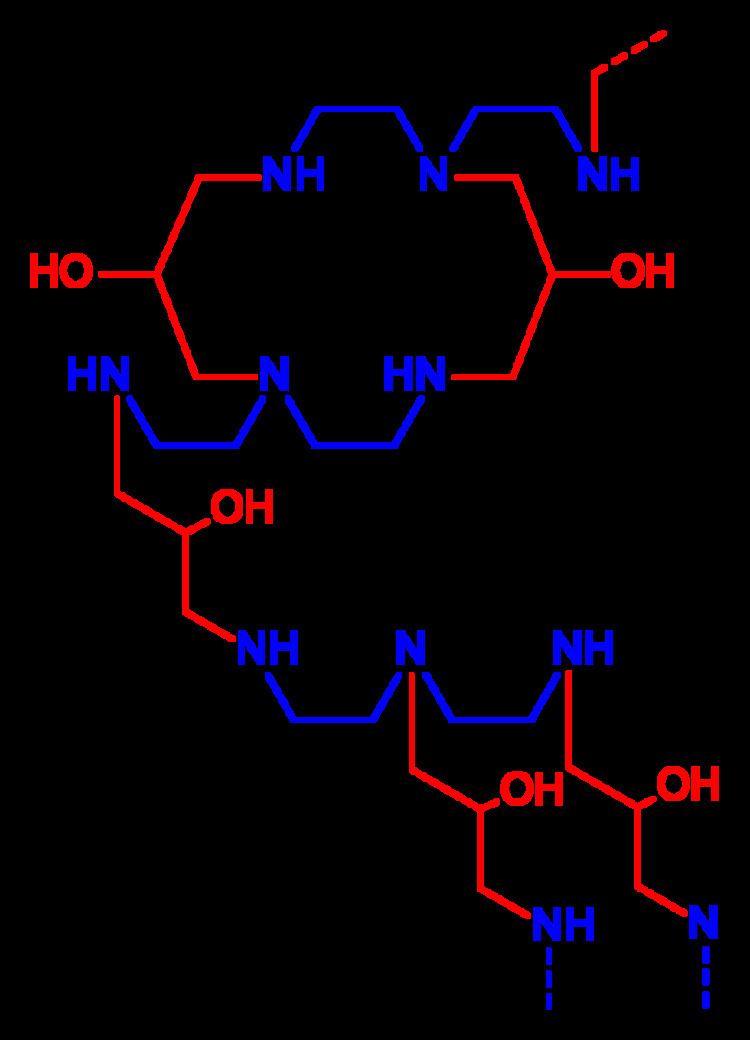Trade names Colestid, Cholestabyl MedlinePlus a682157 | AHFS/Drugs.com Monograph ATC code C10AC02 (WHO) | |
 | ||
Pregnancycategory US: B (No risk in non-human studies) Routes ofadministration Oral (suspension or tablets) | ||
Colestipol (trade names Colestid, Cholestabyl) is a bile acid sequestrant used to lower blood cholesterol, specifically low-density lipoprotein (LDL). It is also used to reduce stool volume and frequency, and in the treatment of chronic diarrhea.
Contents
Like cholestyramine, colestipol works in the gut by trapping bile acids and preventing them from being reabsorbed. This leads to decreased enterohepatic recirculation of bile acids, increased synthesis of new bile acids by the liver from cholesterol, decreased liver cholesterol, increased LDL receptor expression, and decreasing LDL in blood.
Side effects
The following notable side effects may occur:
Interactions
Colestipol can bind to a number of drugs and nutrients in the gut and inhibit or delay their absorption. Such substances include:
Contraindications
Colestipol is contraindicated in hypertriglyceridemia (high level of triglycerides in the blood).
Chemistry
Colestipol is a copolymer of diethylenetriamine (DETA) —or tetraethylenepentamine according to some sources— and epichlorohydrin. The structure drawing (top right) shows the DETA moieties in blue and the epichlorohydrin moieties in red.
